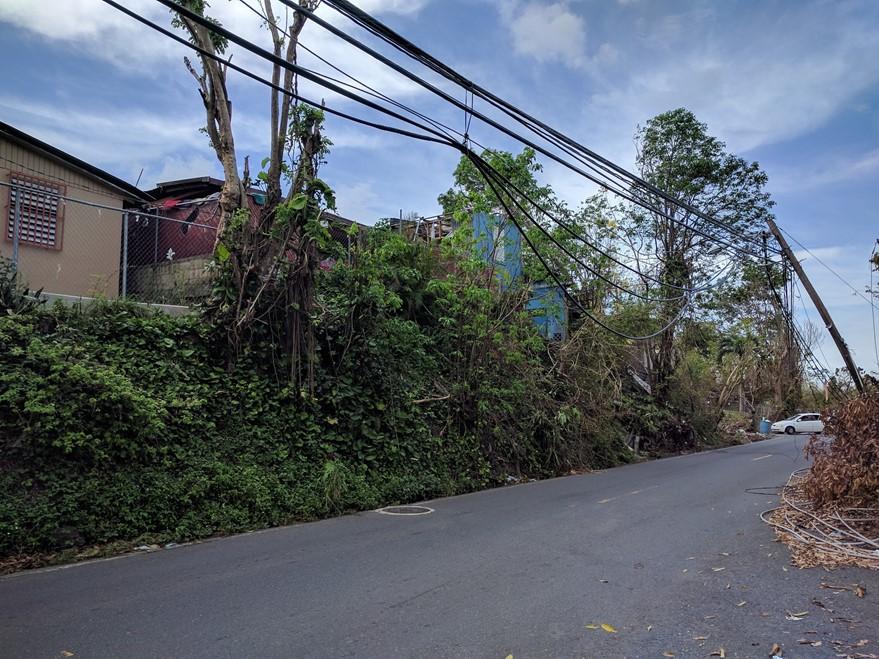News Releases from Headquarters
EPA Hurricane Maria Update for Saturday, October 7th
WASHINGTON (October 7, 2017)— The U.S. Environmental Protection Agency (EPA) continues to coordinate closely with federal, commonwealth, territory, and local partners as the Agency responds to the impact of Hurricane Maria. EPA is focused on environmental impacts and potential threats to human health as well as the safety of those in the affected areas. EPA is continuing to coordinate with local governments in Puerto Rico and the USVI to assess the conditions of drinking water, which includes sampling, analysis and lab support, and getting wastewater treatment systems up and running. EPA’s missions also include oil and chemical spill response, oil and chemical facility assessments and debris management.
Electricity has been restored to only about 10% of the population in Puerto Rico. The EPA is working closely with the government of Puerto Rico to assist the Puerto Rico Electric and Power Authority (PREPA) with bringing more customers on line as quickly as possible. Therefore, today EPA announced that the Agency has granted PREPA a No Action Assurance. This enforcement action by EPA will provide the utility relief from some permit conditions and permitting requirements, including emission limits, hours of operation limits, fuel usage restrictions, and restrictions on the shutdown or bypass of pollution control equipment for most of their electric generating units operating in Puerto Rico.
 Luis Ayala Colon facility in Puerto Nuevo, October 7, 2017. Photo courtesy of U.S. EPA.
Luis Ayala Colon facility in Puerto Nuevo, October 7, 2017. Photo courtesy of U.S. EPA.
Personnel
EPA continues to deploy personnel to Puerto Rico and the U.S. Virgin Islands as conditions allow. As of October 7, 2017:
- About 182 personnel are currently involved in hurricane response efforts.
- About 26 personnel are on the ground in USVI to assist with response efforts.
- About 62 personnel are on the ground in Puerto Rico to assist with response efforts.
Debris Management
EPA continues to work with FEMA, the U.S. Army Corps of Engineers and the Puerto Rico and USVI governments on debris management. EPA will assist with the handling and disposal of orphan containers, household hazardous waste, medical waste and e-waste. EPA plans to conduct air monitoring at collection areas and during all hazardous materials operations.
Public Schools
In the USVI, EPA continues to coordinate with the USVI government on drinking water sampling at identified schools on St. Croix and St. Thomas in preparation for the re-opening of public schools.
Assessment of Superfund Sites, Oil Sites and Regulated Facilities
EPA continues to re-assess Superfund sites, oil sites, and chemical facilities in both Puerto Rico and the USVI to determine if the sites were affected by Hurricane Maria and if there is a potential for contamination to cause off-site impacts.
Drinking Water and Wastewater Management
In USVI, EPA continues to coordinate drinking water sampling with the U.S. Virgin Islands Department of Natural Resources. In Puerto Rico, the EPA continues to focus on assessing both drinking water and wastewater systems and continues to work closely with the government of Puerto Rico.
Water Safety
Raw sewage continues to be released into waterways and is expected to continue until repairs can be made and power is restored. Water contaminated with livestock waste, human sewage, chemicals, and other contaminants can lead to illness when used for drinking, bathing, and other hygiene activities. According to the Centers for Disease Control and Prevention (CDC), people should not use the water from rivers, streams and coastal water to drink, bathe, wash, or to cook with unless first boiling this water for a minimum of one minute. If boiling the water is not possible, water may be disinfected with bleach. To learn more about making water safe in an emergency, go to CDC’s Making Water Safe in an Emergency web page.
For information and updates, visit: www.epa.gov/hurricane-maria.
###
